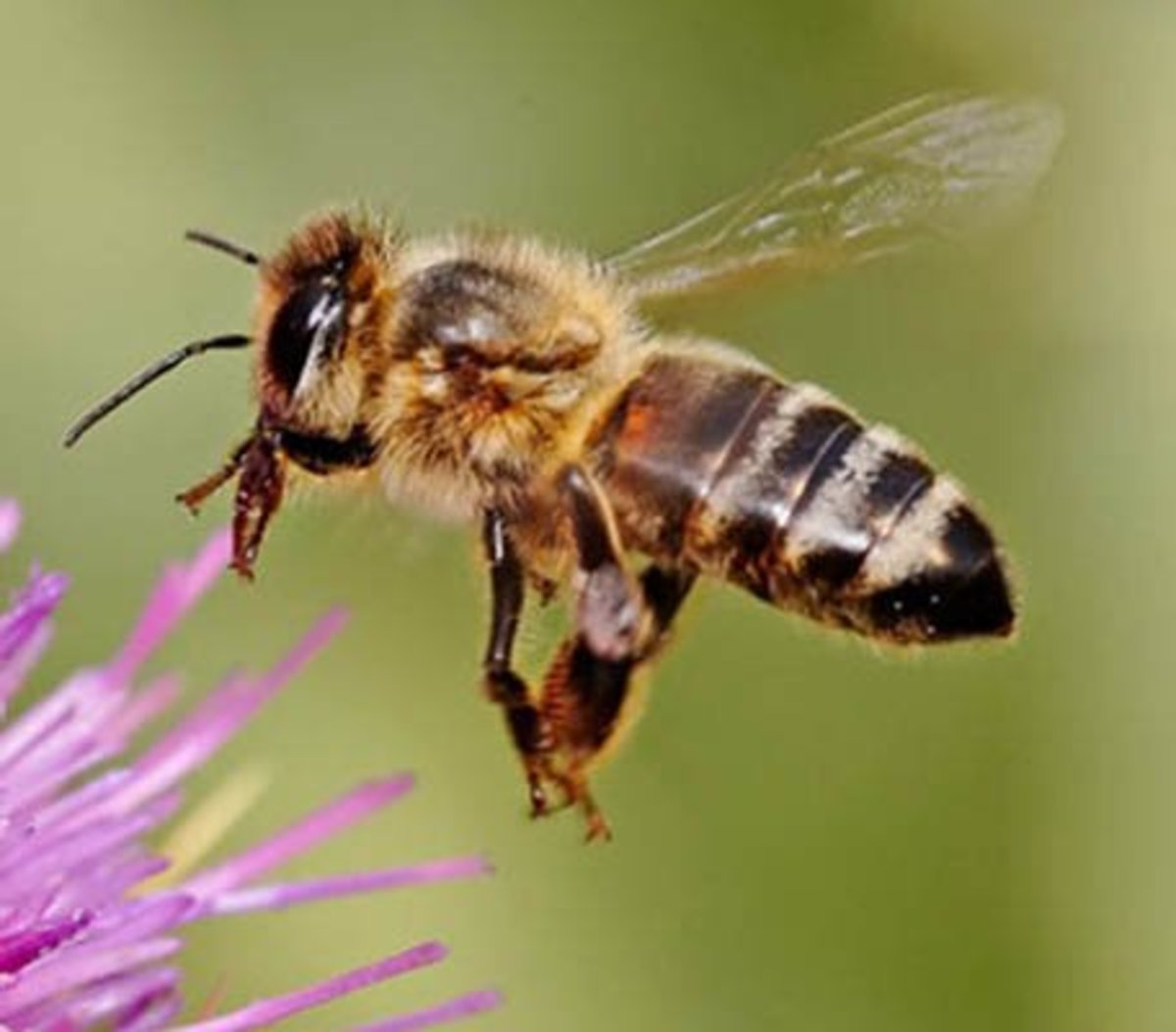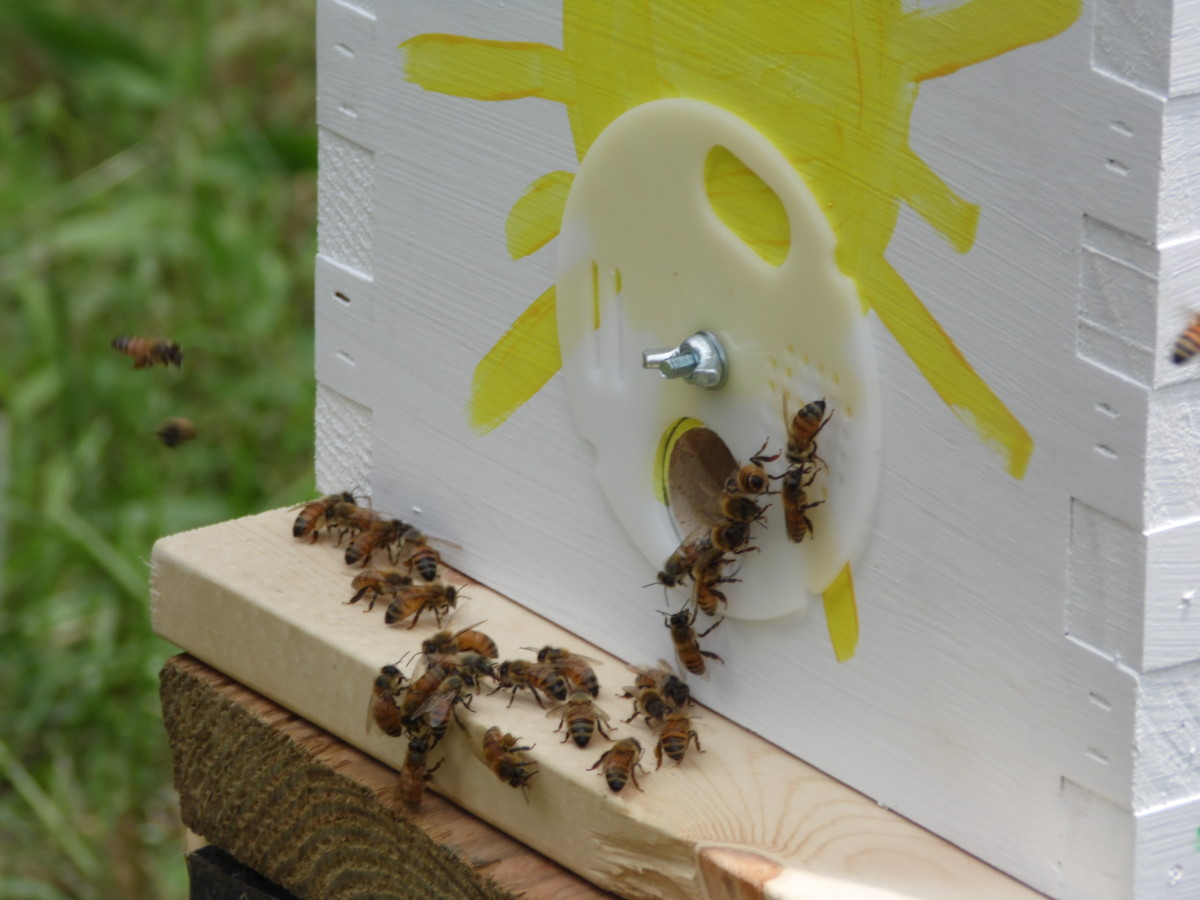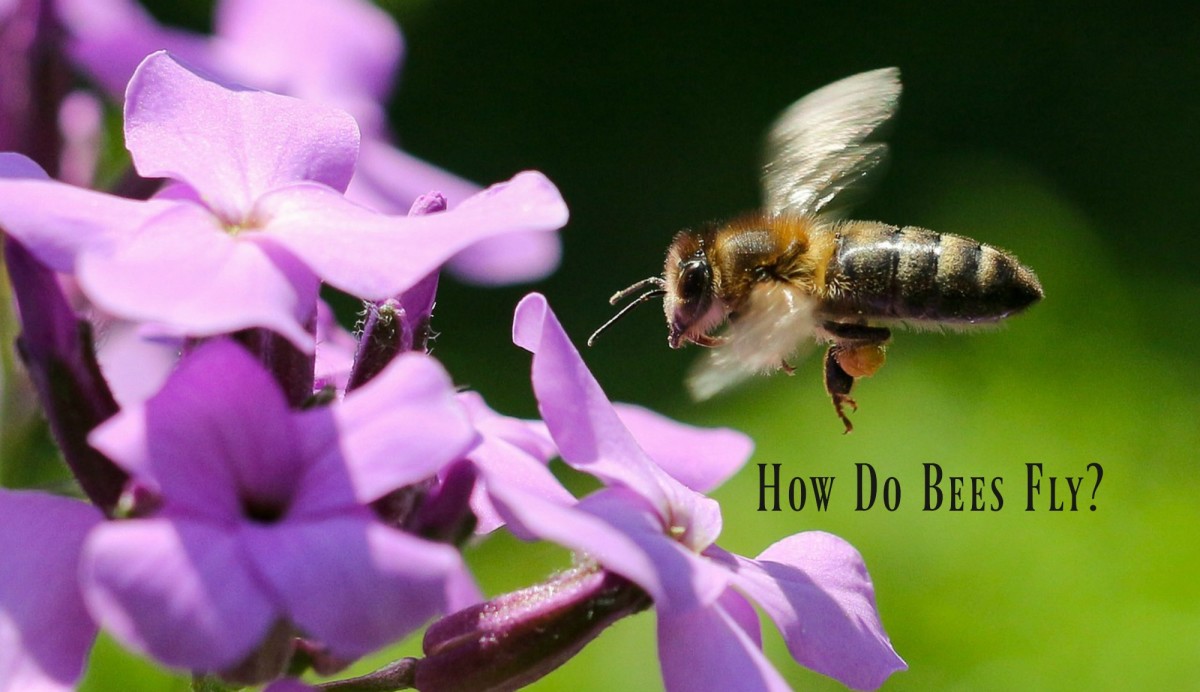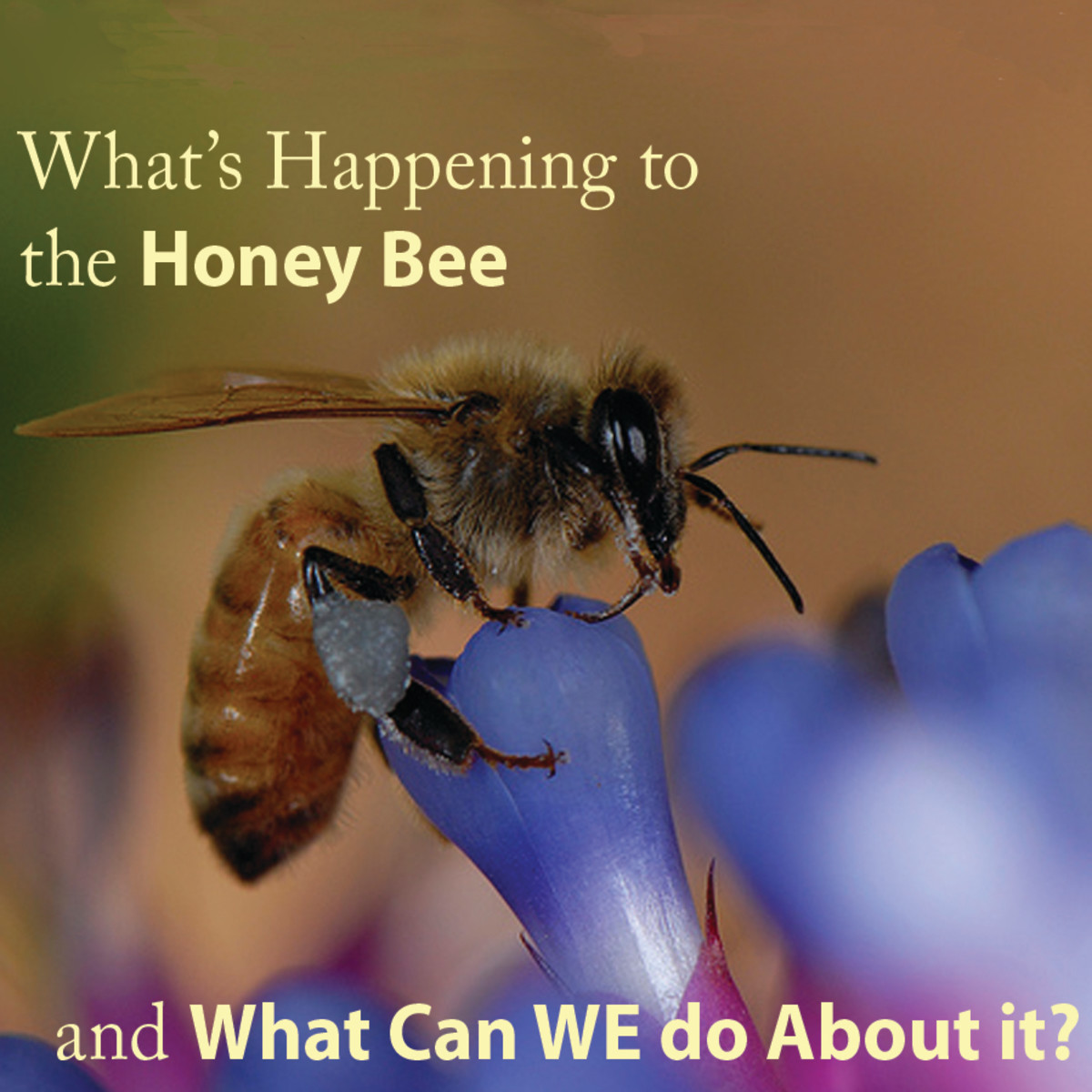Lets Start With "Bee"
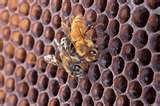
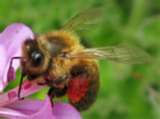
Bee Facts
I bet not a lot of people know this…honey bees have FIVE eyes! Honey bees have three smaller eyes in addition to the thousand-lense compound eyes.
These simple eyes or "ocelli" are located above the compound eyes and are sensitive to light, but can't resolve images. Or perhaps we don’t really know what their function is or was, because we haven’t gotten that far.

Bee Food
The honey bee head is triangular when seen from the front, with two antennae close together near the center of the face. The honey bee uses its proboscis (long, hairy tongue) to feed on liquids and its mandible to eat pollen and work wax in comb building.
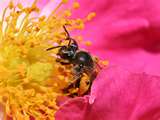
Bee Odorant Receptors
They are “armed” with 170 odorant receptors, compared to 79 in mosquitoes and 62 in fruit flies, making their sense of smell so precise that it can differentiate between hundreds of different floral varieties.
It is able to tell, from over 10 feet away whether a flower carries pollen or nectar, and probably could tell us what kind of flower it is (if we could ask).
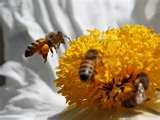
Sensitivity
So sensitive are the honey bee’s odorant receptors that they not only use them to find food, but also as a means of social communication within the hive.
This includes a variety of different odors, chemicals, and kin recognition signals.
Each honey bee colony has a unique odor for every member’s identification.
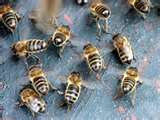
Bee Dancing
They also communicate with one another by “dancing” and when dancing about places to get pollen and nectar, they orient the dance in the actual compass direction of the resource to which they are dancing to direct the other bees.
The “dance” also tells the other bees the quality and type of resource located in the environment.
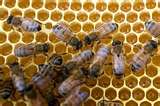
Bee Colony
A colony of bees consists of between 20,000—60,000 male and female honey bees and one queen. The queen bee is protected by her hive and can live up to five years, laying up to 2500 eggs per day. She is the only bee in the hive that lays eggs and is most active in the summer months. The “drones” are male honey bees, larger than the female bees, do nothing except mate with the queen, and have no stinger.
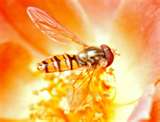
Female Honey Bees
Worker honey bees are always female, live for an average of six weeks, do all the work, and each produces approximately 1/12th of a teaspoon in her lifetime. Although the bee’s brain is only the size of a sesame seed, it has remarkable capacity to learn and remember things and is able to make complex calculations on locations of pollen, target areas for group foraging, calculate distances traveled and determine which areas have not yet been accessed for their pollen and nectar.

How Many?
To collect one Kg. of honey, a hive of bees will fly 90,000 miles,
which is equal to three orbits around the earth.
During a collection trip a honey bee visits 50—100 flowers.
A honey bee also has endurance and can fly at 15 miles per hour for up to six miles!
It takes one ounce of honey to fuel a bee’s flight around the world.
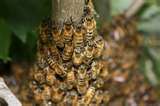
Buzz, Buzz
During winter, honey bees feed on the honey they collected during the warmer months. They also snuggle up and form a tight cluster around the queen to keep warm in the winter.
Honey bees beat their wings about 200 beats per second, which accounts for their famous and distinctive buzz.

Defence
There are a few times the bee’s stinger is used on other insects, but usually it’s used when the bee is involved with a fleshy creature such as a mammal. Queens have a stinger but don’t leave the hive to defend it; she uses her stinger in fights with other queen bees.
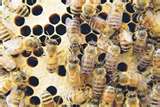
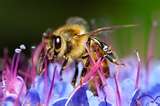
Real Defence
When a group of bees is threatened by a predatory wasp, instead of stinging the wasp, the bees surround him and begin to vibrate their muscles vigorously.
They vibrate so vigorously that the temperature of the intruder is raised to a lethal level; and experiments conducted in the last few years found that the carbon dioxide levels are also increased within the ball, causing the lethal combination that kills the wasp.
Anyone remember seeing that technique in some Old “B” Sci-Fi flick, the part where the beings (bees) surround the villain and then vibrate until the intruder turns red, gets hot, and is “fried”? This technique is also used by real bees to kill a "queen bee" perceived as intruding or defective.
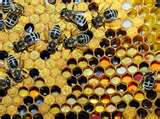
Vital Bee
The Africanized Honey Bee and the Bumble Bee are the two extreme species of honey bees in the world today.Bees form a highly organized society; they act in intricate cooperation with each other and nature. We could stand to learn a lot from them.








